Scenting has been an integral part of human culture for thousands of years, evolving from sacred rituals and healing practices to the creation of perfumes, fragrances and modern scent marketing. The journey of scenting is a testament to humanity’s deep connection with the olfactory sense, which can evoke powerful emotions, memories, and even states of mind. Let’s explore the fascinating history of scenting and how it has shaped societies across time.
The Origins of Scenting: Ancient Rituals and Spiritual Practices
The earliest recorded use of scent dates back to ancient civilizations such as Mesopotamia, Egypt, and India. In these societies, fragrances were not just about pleasure, they held deep spiritual and ceremonial significance.
Ancient Egypt: Egyptians were pioneers in the use of scented oils and balms. These were crafted from natural ingredients like myrrh, frankincense, and lotus flowers. They were used in religious rituals, embalming processes, and daily life, symbolizing purity and divine connection.
India and Ayurveda: In India, the use of aromatic plants and oils dates back over 5,000 years. The Ayurvedic tradition incorporated scents like sandalwood, jasmine, and rose to balance the body’s energies and promote healing.
Mesopotamia: Clay tablets from Mesopotamia reveal some of the earliest recipes for perfumes, often used in offerings to gods and in royal ceremonies. These scents were seen as a bridge between the earthly and divine.
The Greek and Roman Eras: From Healing to Luxury
The Greeks advanced the art of scenting by studying its medicinal and therapeutic properties. Hippocrates, the father of medicine, prescribed aromatic baths and massages with essential oils as treatments for various ailments. Greek culture also linked scents to beauty, love, and status.
The Romans further popularized perfumery, using fragrances in nearly every aspect of daily life. Public baths were infused with aromatic oils, homes were perfumed with flower petals, and scented waters were sprayed during feasts. Scenting became a symbol of luxury and indulgence in Roman society, spreading throughout the empire.
The Middle Ages: Scent as Protection
During the Middle Ages, the use of scents shifted from luxury to necessity, driven by a belief that bad smells were associated with disease. Aromatics like herbs, spices, and resins were burned to ward off plagues and infections. Perfumed gloves and pomanders, small containers filled with fragrant substances, became popular among the wealthy as protective accessories.
Monasteries played a key role in preserving the knowledge of essential oils and herbs during this time. Monks often cultivated aromatic plants and used them to create medicinal balms and oils.
The Renaissance and Enlightenment: The Golden Age of Perfumery
The Renaissance marked a revival of interest in art, science, and culture, including the refinement of perfumery. Italian and French perfumers developed sophisticated techniques for extracting and blending scents. Perfumes became an essential part of aristocratic life, with royalty and nobles commissioning bespoke fragrances.
France, in particular, rose to prominence as the epicenter of perfumery. The town of Grasse became famous for its production of aromatic plants and the creation of perfumes, a legacy that continues to this day.
The Industrial Revolution: The Democratization of Scent
The Industrial Revolution brought significant advancements in scenting technology. Synthetic fragrances were developed, making perfumes more affordable and accessible to the middle class. This era saw the rise of iconic perfume houses like Guerlain and Chanel, which introduced legendary scents that remain beloved today.
The invention of modern deodorants and air fresheners also marked the beginning of scenting as part of everyday hygiene and home care.
The Modern Era: Scent as Science and Art
In the 20th century, scenting became both a scientific pursuit and a form of artistic expression. Advances in chemistry allowed for the creation of complex, long-lasting fragrances. Perfumery evolved into a blend of science and creativity, producing iconic scents like Chanel No. 5 and Dior’s Miss Dior.
Today, scenting extends far beyond personal perfumes. It has become a powerful tool in industries like home and decor, marketing, hospitality, and wellness. Signature scents are used by brands to create memorable customer experiences, while aromatherapy harnesses the therapeutic power of essential oils to improve mental and physical well-being.
A Timeless Connection
The history of scenting is a reflection of humanity’s enduring relationship with fragrance. From its origins in sacred rituals to its role in modern marketing and wellness, scenting continues to shape how we connect with the world around us. As our understanding of the olfactory system deepens, the future of scenting promises even more innovative and meaningful ways to enhance our lives.


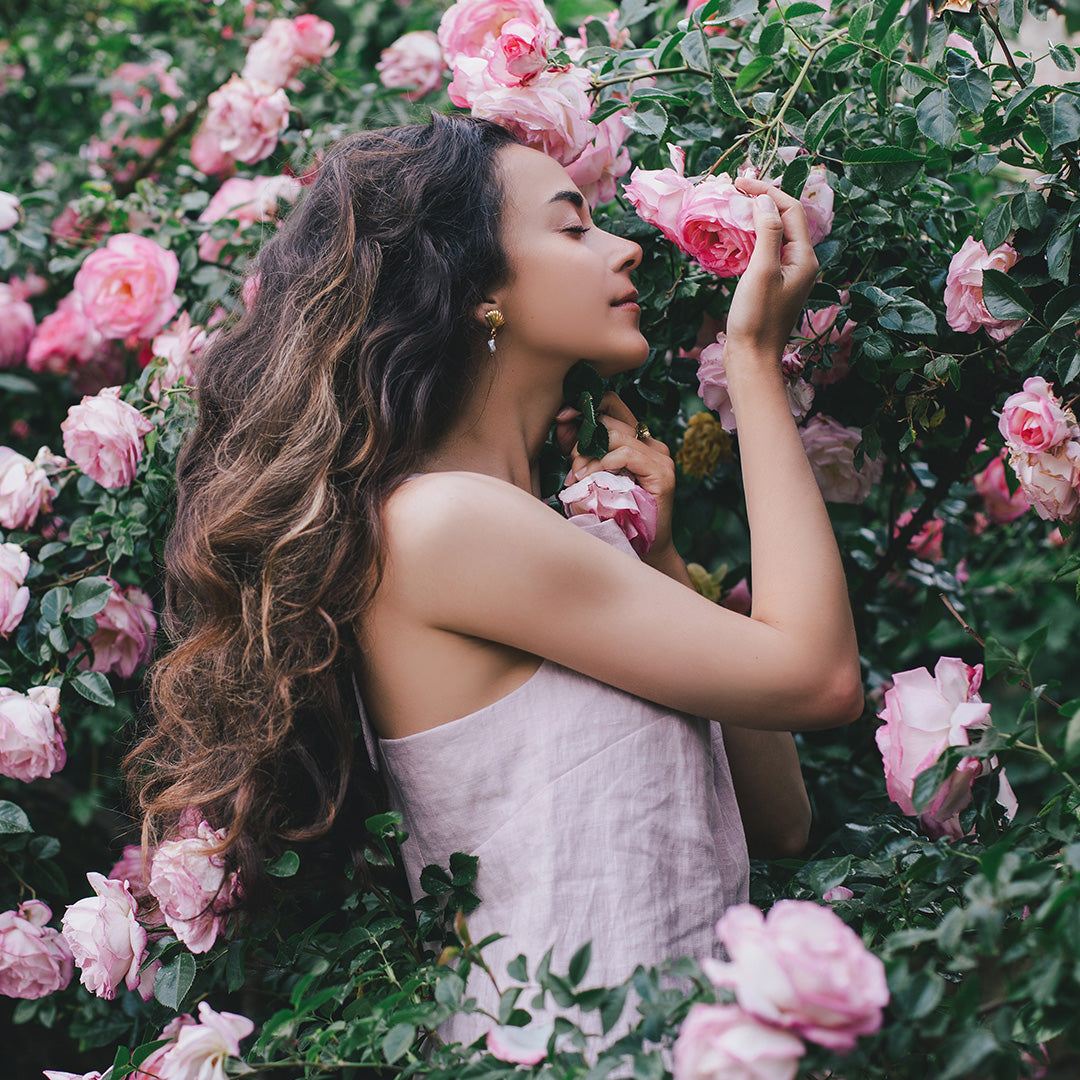

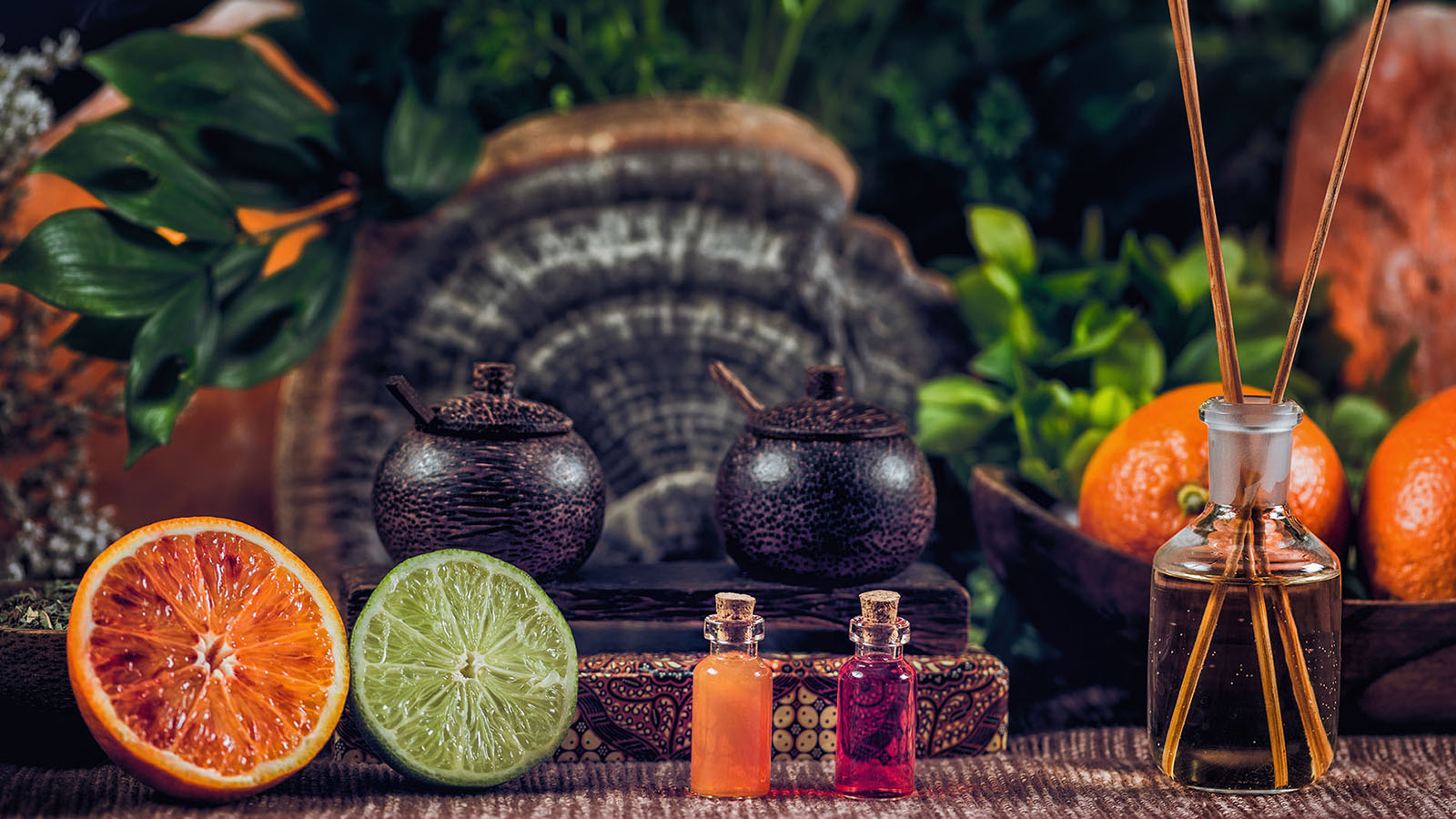
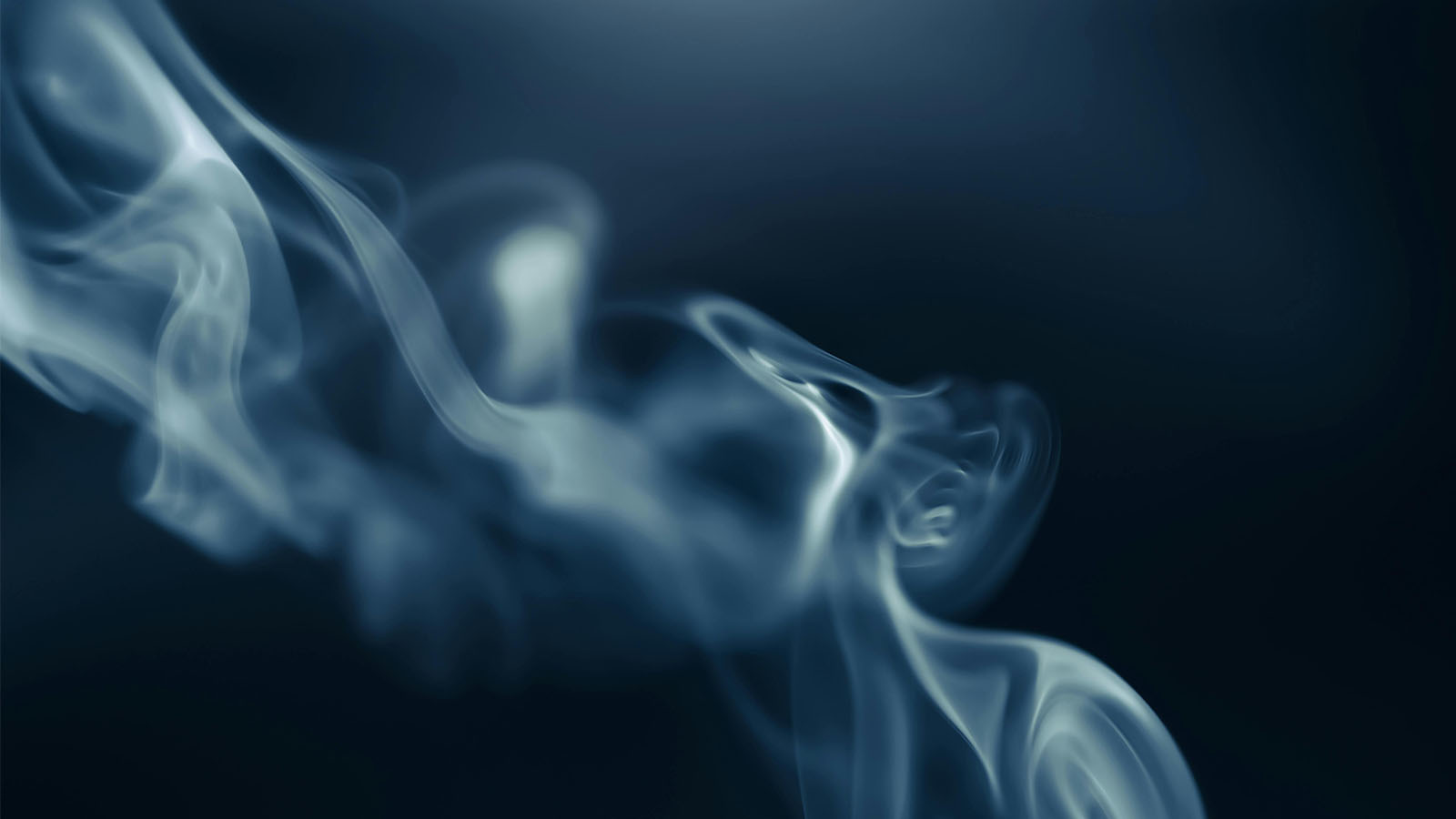

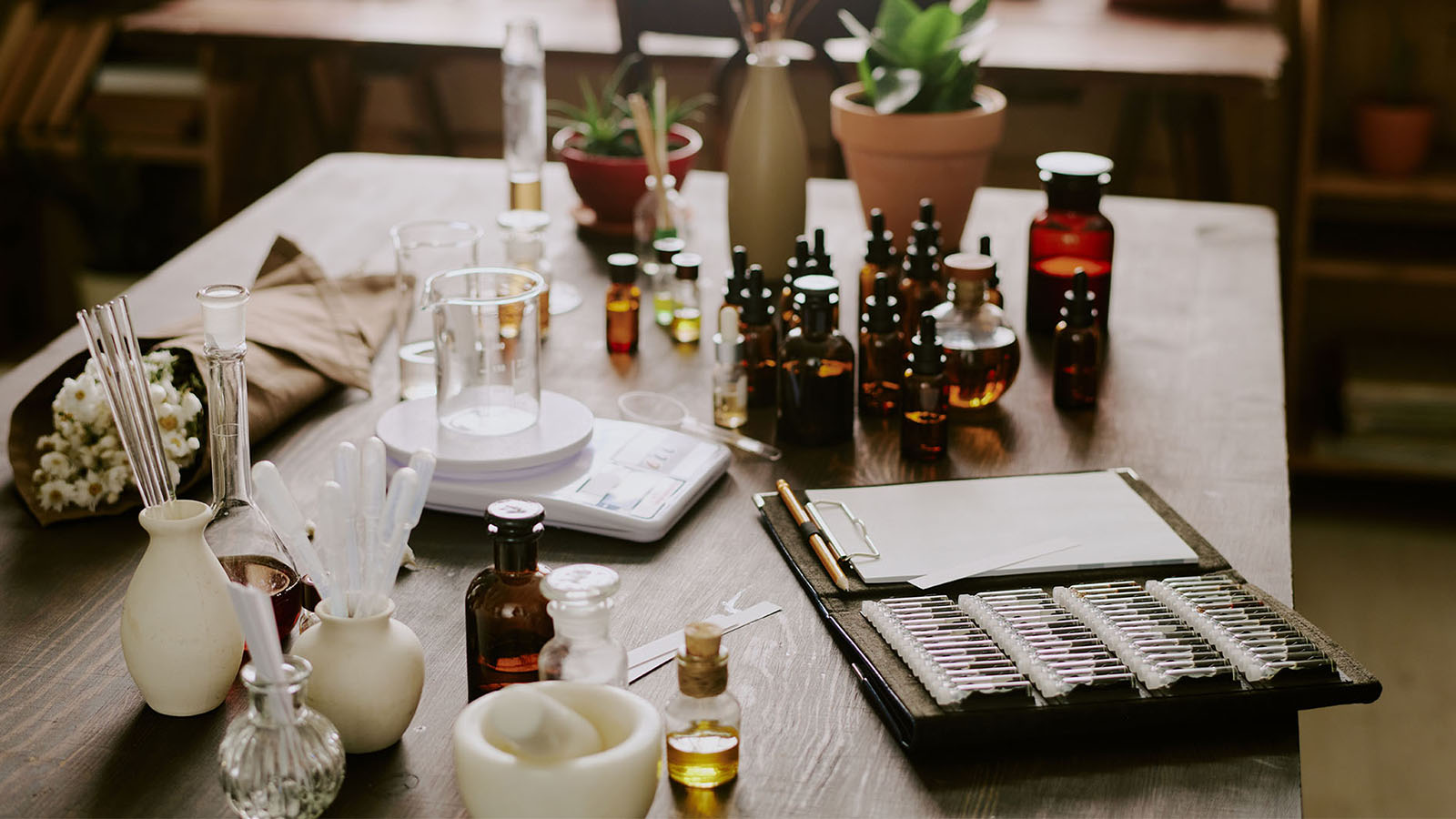
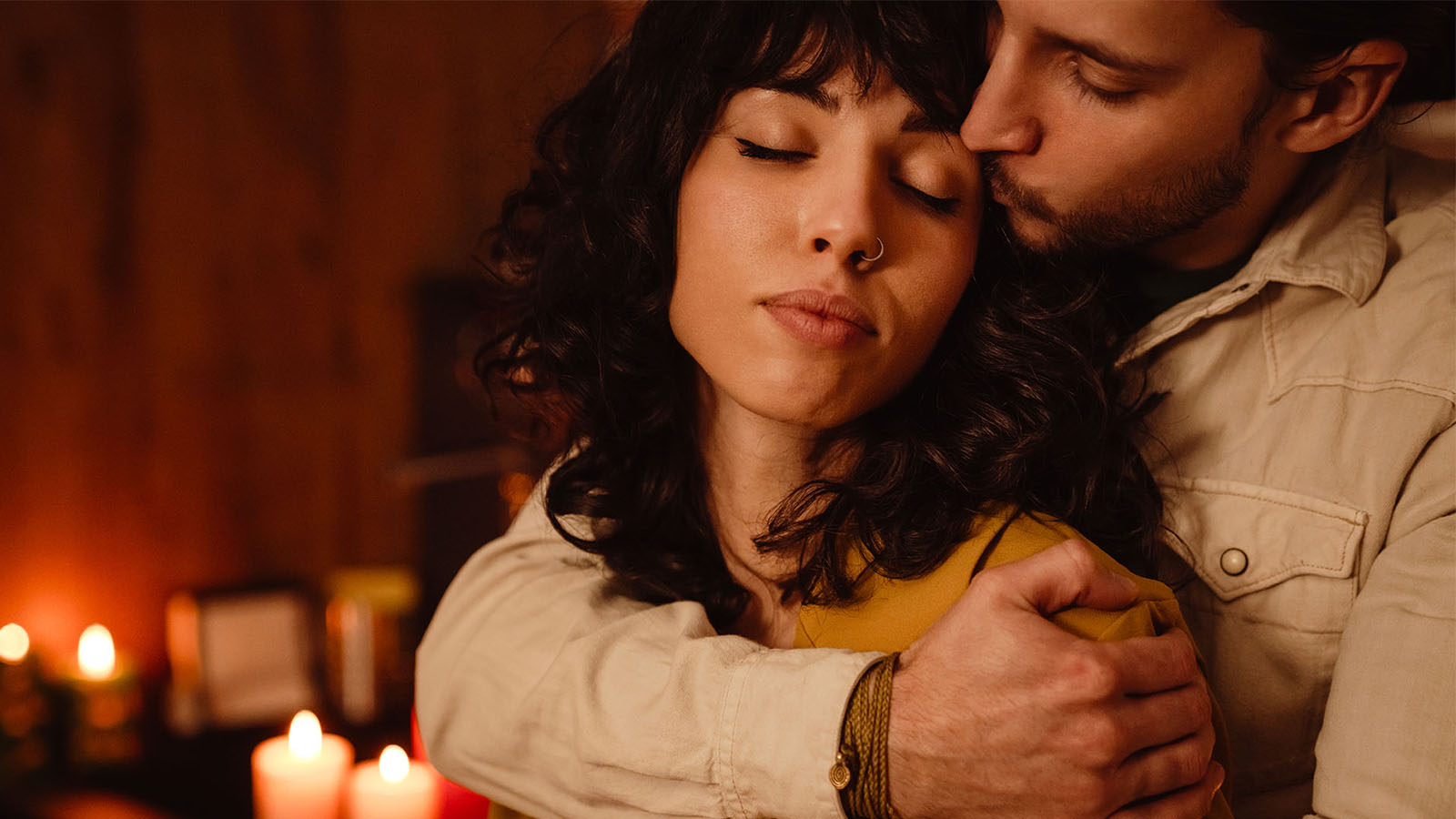
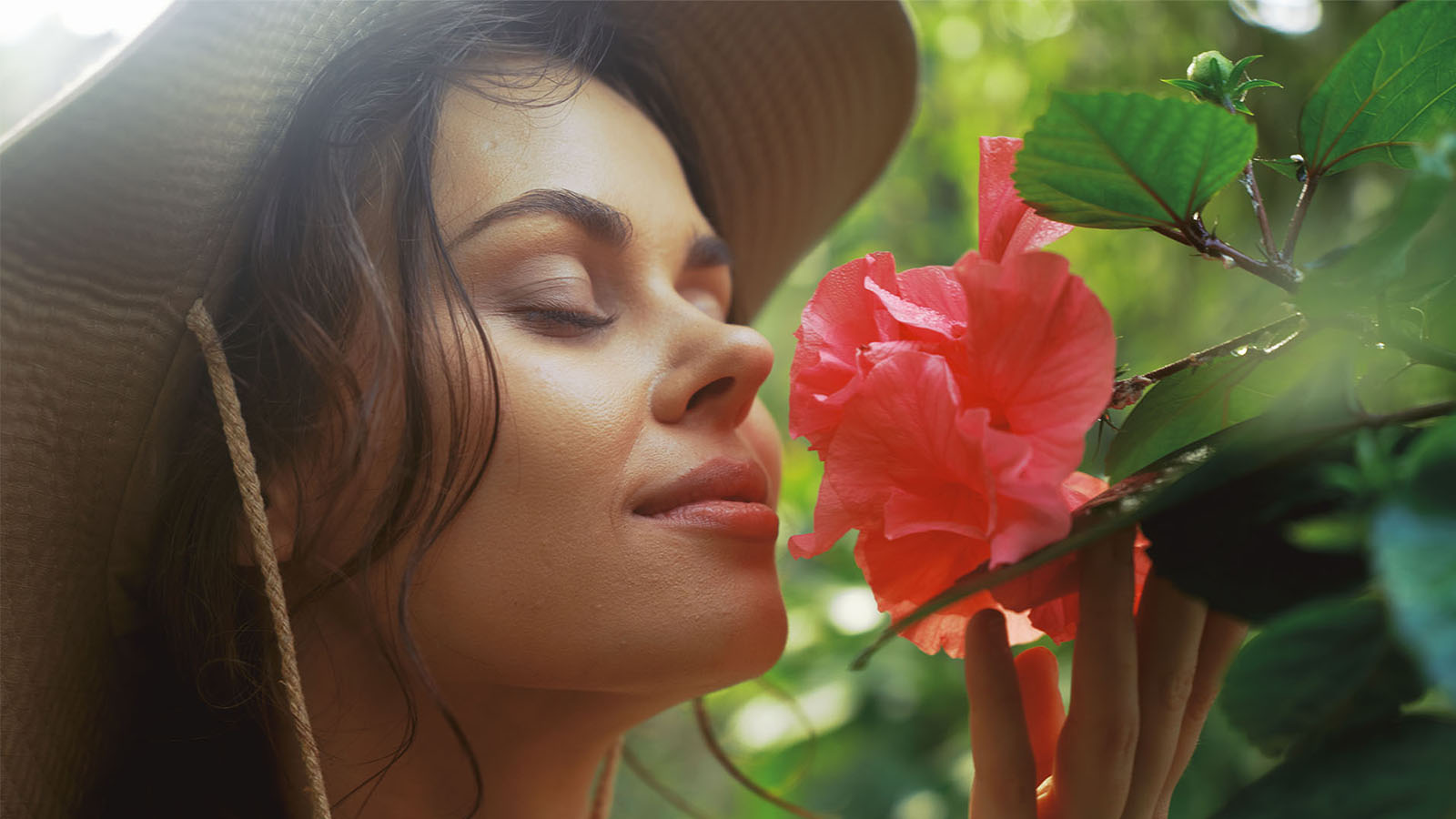
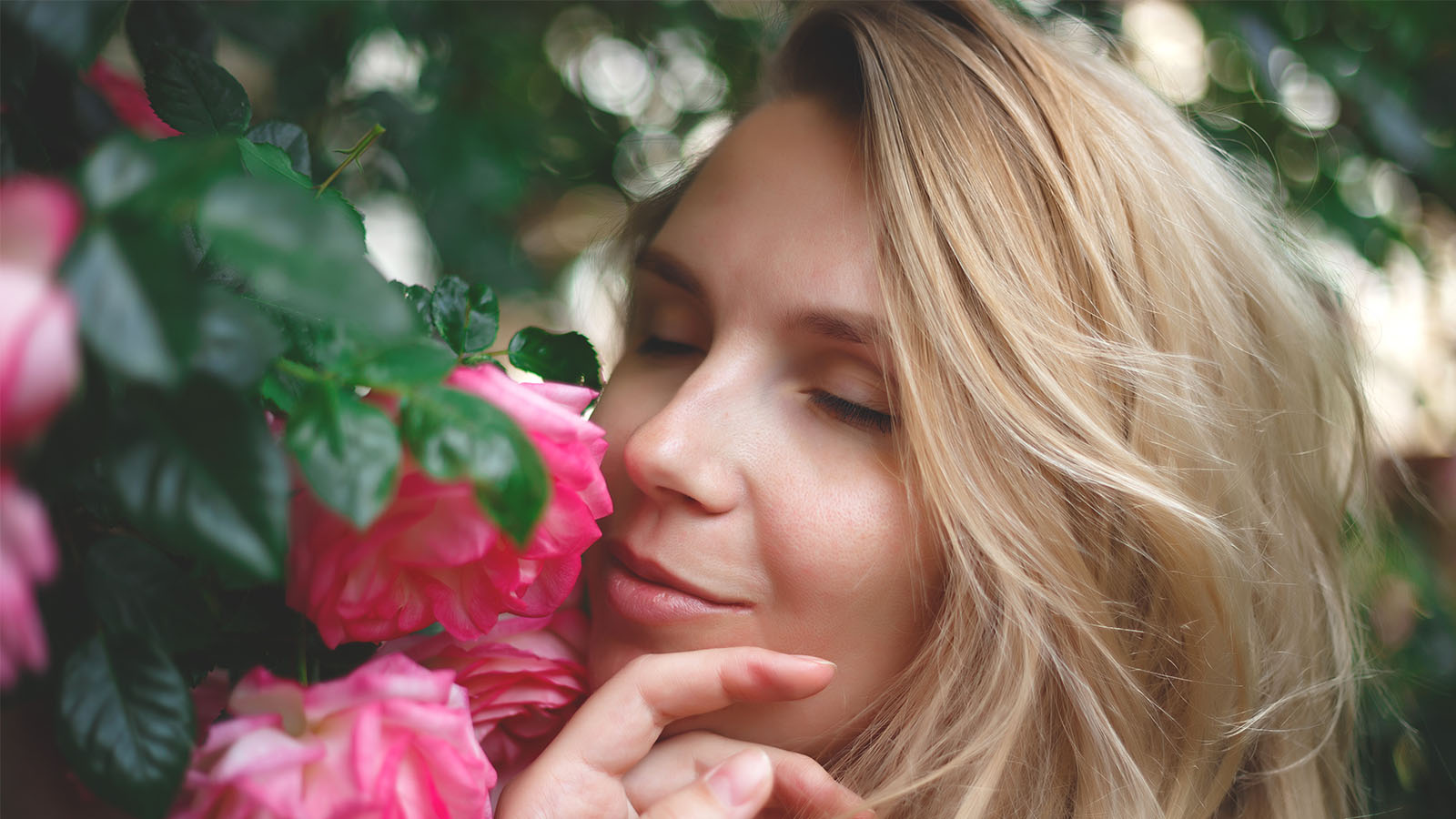
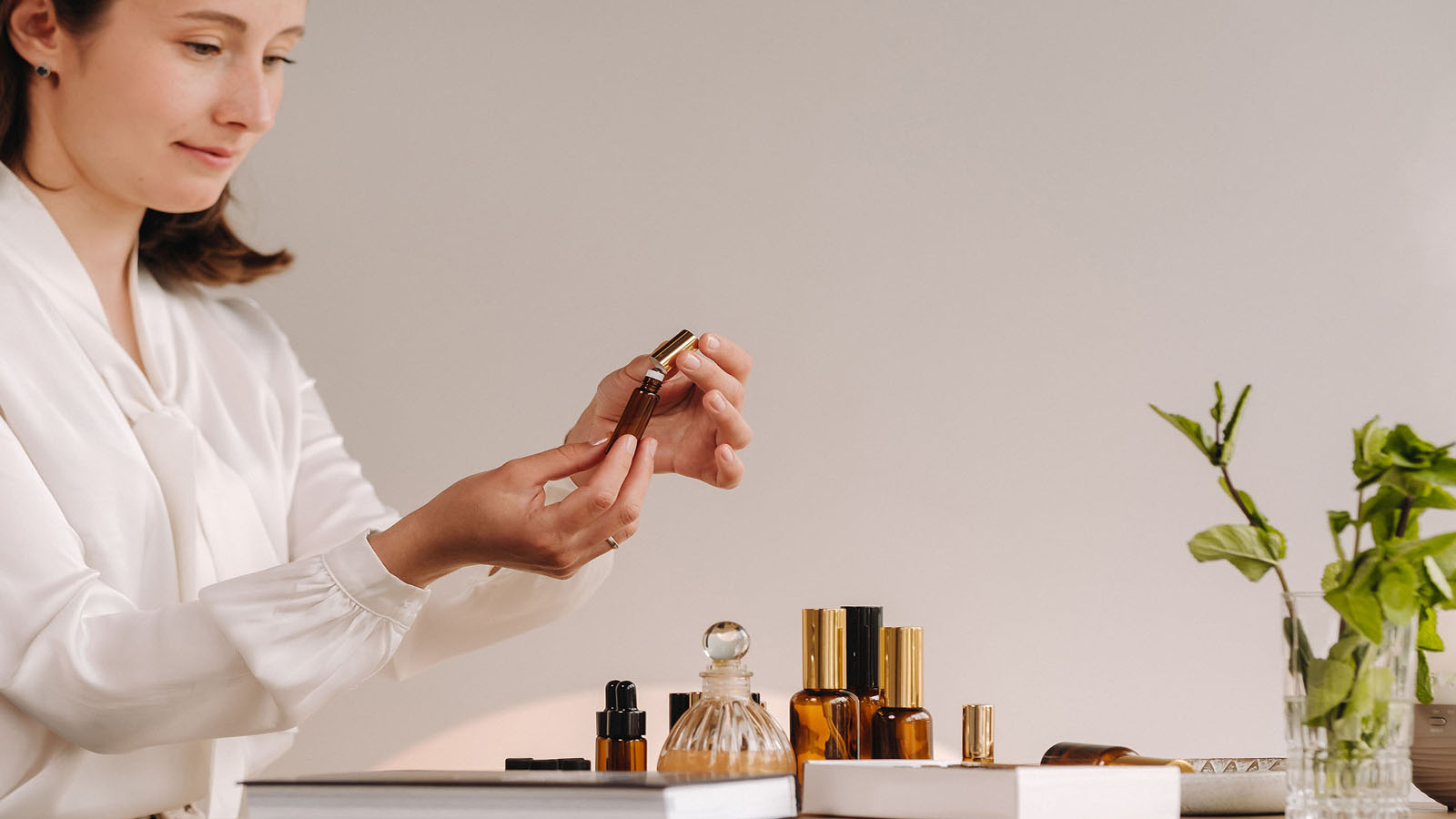




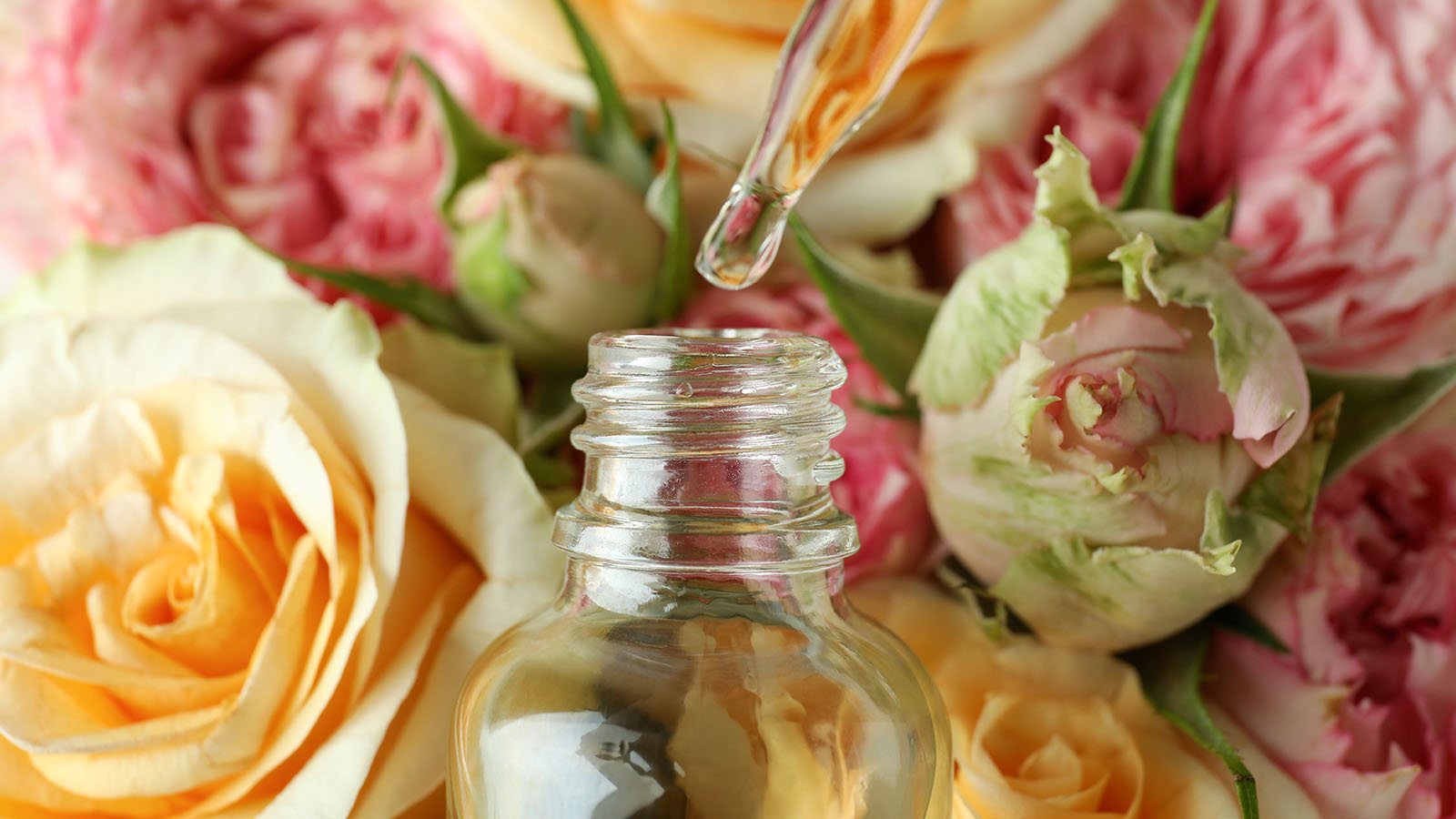
Share:
How Our Sense of Smell Stacks Up Against Other Species
Essential Oils: A Comprehensive Guide to Their Uses and Benefits